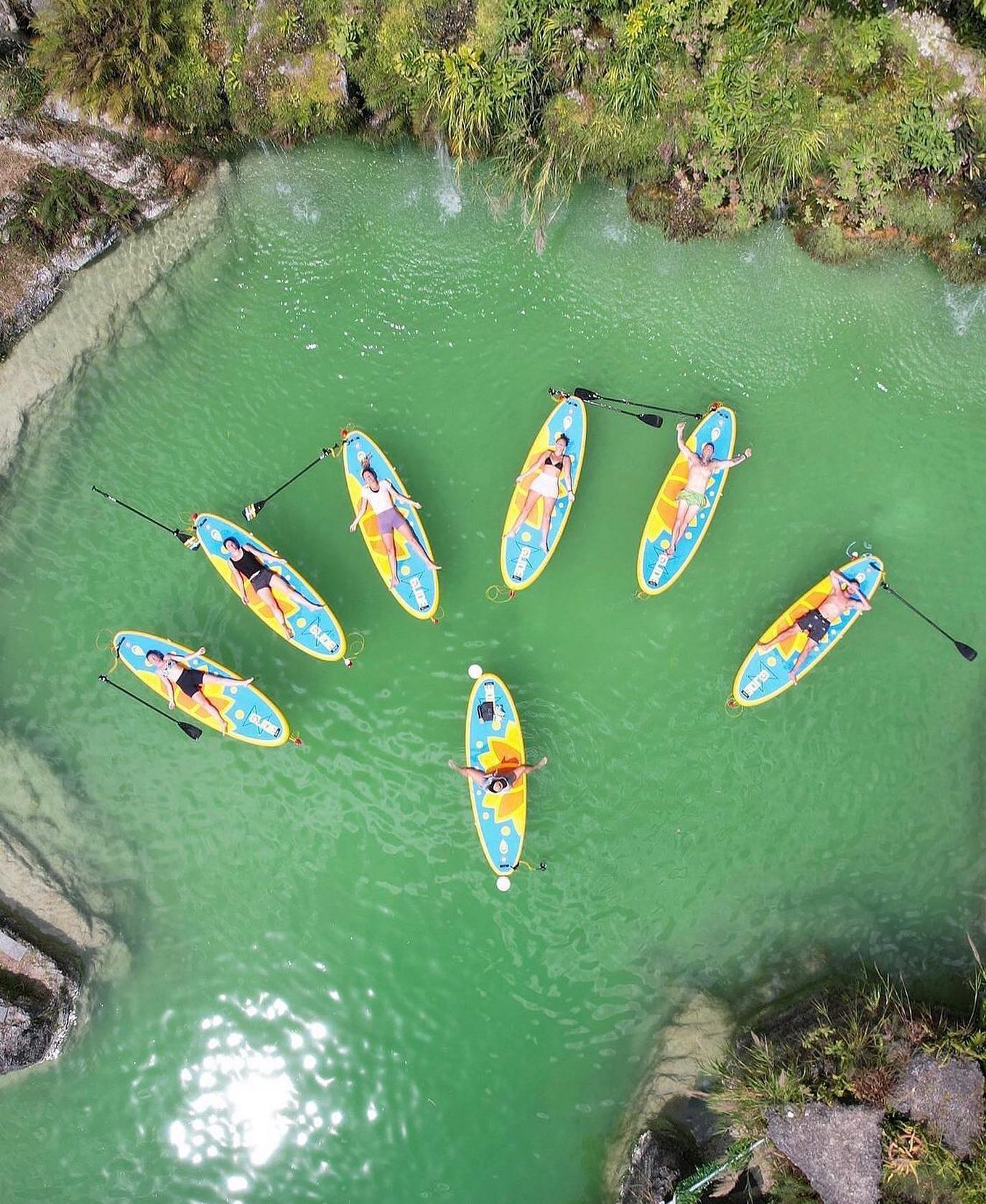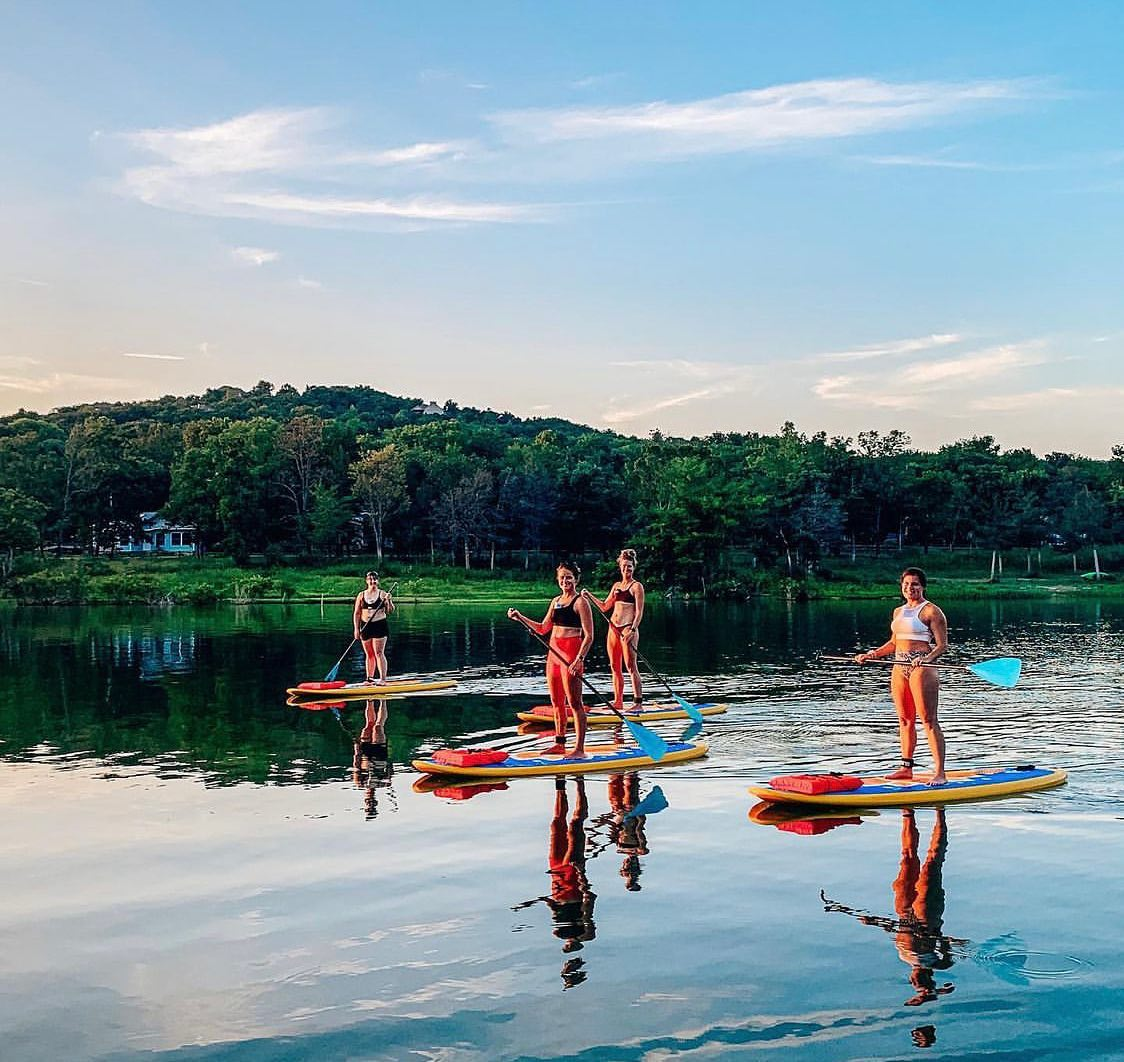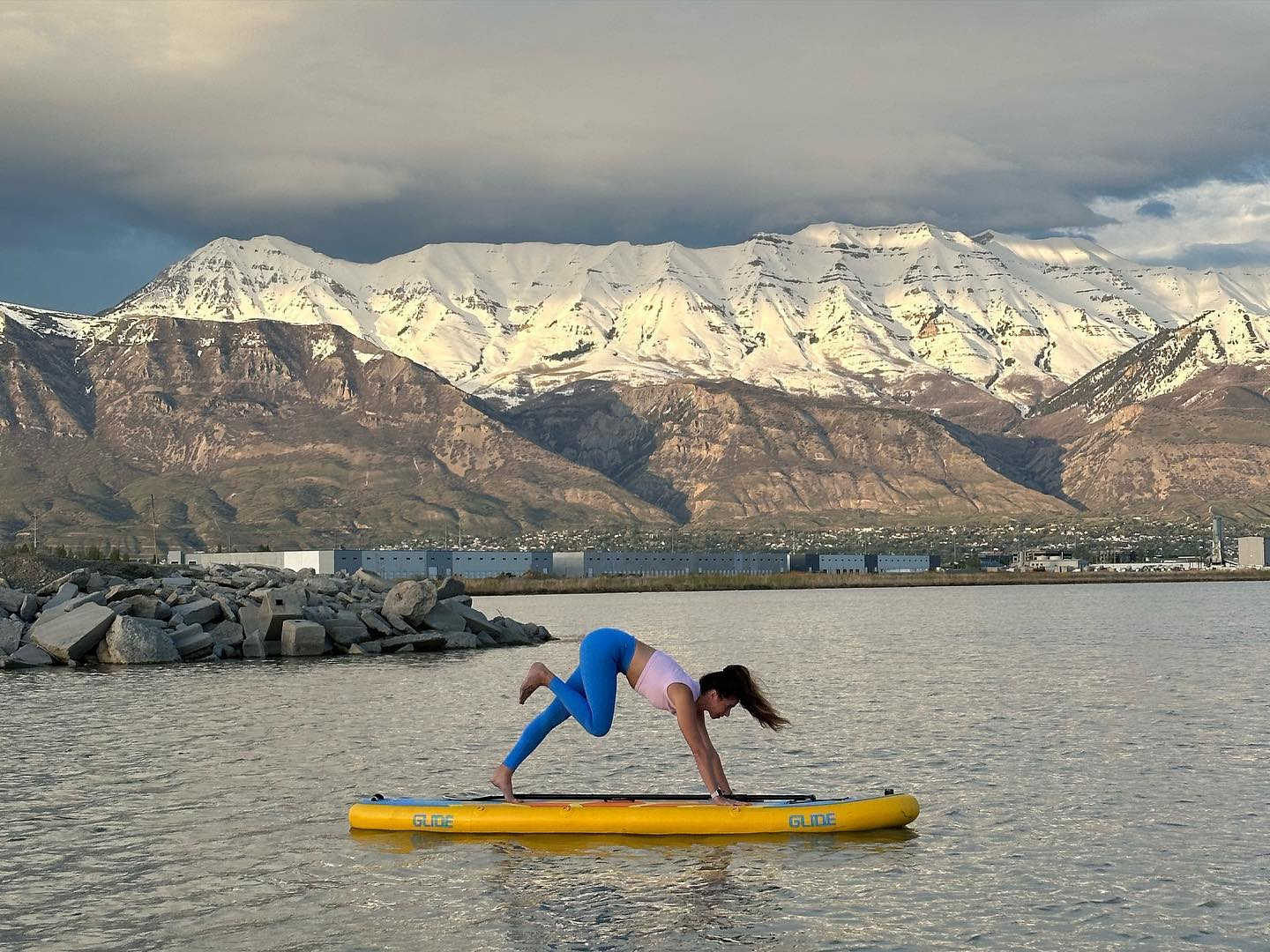
The Art of SUP Photography: How to Capture Stunning Images on the Water
SUP photography blends adventure, balance, and creativity. This guide covers gear selection, stability tips, shooting techniques, safety practices, and editing essentials to help you capture breathtaking images on the water—whether you’re photographing SUP yoga, wildlife, surf, or landscapes.
Stand up paddle boarding already offers a unique vantage point on the water—but bring a camera, and your SUP instantly becomes a floating photography studio. The blend of stability, movement, and natural beauty makes SUP photography one of the most rewarding ways to document your adventures. Whether you’re using a waterproof action camera, a phone in a dry case, or a professional setup, mastering SUP photography opens the door to capturing unforgettable moments.
Below is your complete guide to choosing gear, refining technique, staying safe, and creating incredible images from your paddle board.

Choosing the Right Gear for SUP Photography
Pick a Stable Paddle Board
Your board becomes your tripod, so stability matters.
-
Inflatable paddle boards are ideal—they offer extra stability, durability, and a cushioned deck for kneeling.
-
Solid boards work too, especially wider all-around shapes.
-
A light carbon fiber paddle helps you maneuver without stressing your wrists or balance.
Protect Your Camera
Water and electronics are a risky mix, so choose wisely:
-
Action cameras (GoPro, Insta360) are waterproof, lightweight, and easy to mount.
-
Waterproof housings are essential if you use a DSLR or mirrorless camera.
-
Waterproof phone cases offer a simple, budget-friendly solution.
-
Always attach a floating strap or tether—because cameras sink faster than you think.
SUP Photography Techniques You Need to Know
Master Your Balance First
Sharp images start with stability.
Practice:
-
Centering your weight
-
Engaging your core
-
Controlling your paddle with minimal upper-body movement
-
Kneeling when conditions get rough
The steadier you are, the better your shots will be.

Play with Angles and Perspective
SUP gives you access to angles you can’t achieve on land:
-
Low-angle shots create depth and dramatic water reflections.
-
High-angle shots help frame wildlife or paddlers.
-
Over-the-nose shots show the board slicing through water—classic SUP photography.
-
Try shooting your paddle dipping into the water for added motion and texture.
Capture Action Like a Pro
For movement-heavy shots:
-
Use fast shutter speeds
-
Turn on burst/continuous mode
-
Pre-focus on where you expect your subject to move
-
Track motion steadily rather than jerking the camera
Tips for SUP Photography in Different Environments
SUP Yoga Photography
Focus on:
-
Symmetry
-
Calmness
-
Balance
Use a shallow depth of field to isolate the practitioner while keeping the water soft and inviting.
SUP Surf Photography
You’ll rely on timing and distance:
-
Anticipate wave sets
-
Use a zoom lens when shooting from afar
-
Keep a safe distance from breaking waves while staying close enough for crisp action
Scenic Landscape SUP Photography
Emphasize what makes the location special:
-
Dramatic shorelines
-
Glassy morning reflections
-
Wildlife
-
Hidden coves
Leading lines (shore, horizon, paddle) make your compositions stronger.

Protecting Yourself & Your Gear
Secure Your Equipment
Use:
-
Tethers
-
Mounts
-
Waterproof bags
-
Floating gimbals or hand grips
Never set a camera loosely on your board—one wobble and it’s gone.
Follow SUP Safety Basics
-
Wear a PFD
-
Use a board leash
-
Check wind and weather
-
Tell someone your plan
-
Stay aware of boat traffic
Safety always comes before getting the shot.
Editing and Post-Processing Tips
Enhance Exposure & Color
Make the most of SUP photography’s natural beauty by adjusting:
-
Exposure
-
Contrast
-
Temperature
-
Vibrance
-
Highlights/shadows
Blues and greens usually benefit from light saturation boosts.
Crop & Straighten
-
Crop distractions from the frame
-
Straighten the horizon—crooked horizons immediately weaken water photography
-
Consider rule-of-thirds overlays for composition
Good editing transforms average shots into scroll-stopping images.

Conclusion
Stand up paddle board photography gives you unparalleled access to nature, movement, and light. With the right gear, strong balance, thoughtful composition, and safe practices, you can create breathtaking images that capture the spirit of SUP. Whether you're documenting a peaceful sunrise paddle, photographing wildlife up close, or filming adventure footage in crystal-clear water, SUP photography opens a world of creative possibilities.

